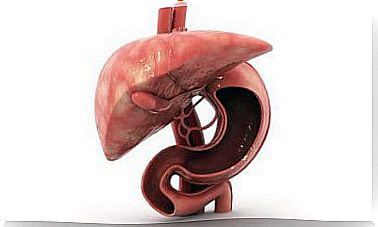Different Antibiotics For Urine Infection
To treat urine infection, different antibiotics can be used. This depends on how effective an antibiotic is against each of the possible microorganisms that cause the disease.
To know the sensitivity of a microorganism to an antibiotic, it is necessary to take samples from the infected area, cultivate them and observe how they respond. It is an expensive process, but above all long.
But urine infections are very frequent and very annoying. For this reason, to speed up the process when choosing a treatment, the relationship between the circumstances in which the infection develops and the causative microorganisms and their sensitivity to the antibiotic have been studied.
Throughout this post we will explain the different antibiotics that are used in different urine infections.
Types of urine infections
Urine infections can be classified based on various parameters. Broadly speaking, we can divide urine infections into:
- Cystitis: bladder infection
- Pyelonephritis: kidney infection.
- Complicated urine infection: cystitis or pyelonephritis that develops with a primary underlying disease.
Some of the circumstances that qualify a urine infection as “complicated” are pregnancy or poorly controlled diabetes. Also it affects renal damage prior to infection, or any device inserted in the urinary tract (eg, a catheter). Functional or anatomical abnormalities of the urinary tract are also included.
Germs that cause urine infection
Urine infections are usually caused by gram-negative bacteria. They are recognized because they turn pink after Gram stain. They are characterized by being very prone to becoming resistant to antibiotics.
The most common bacteria found in all types of urine infections is Escherichia coli. It is an anaerobic bacillus (rod-shaped) (does not use oxygen). It is followed in frequency by Proteus, especially in catheter infections, and Klebsiella .
Klebsiella , unlike E. coli , is facultative anaerobic (does not need oxygen but can use it), and is predominantly found in complicated infections.
Staphylococci ( S. aureus, S. epidermidis) are also found, although relatively infrequently . They are cocci (spherical) and when they reproduce, the colonies take the shape of a bunch of grapes. On many occasions, especially in complicated infections, several different microorganisms are involved.

Some aspects about the effect of antibiotics
A particularly important concept is that of resistance. A microorganism is resistant to an antibiotic when it has developed variations in its genes that confer immunity to that drug.
Germs pass on this genetic variation as they reproduce. Because of this, an individual can become infected with a resistant germ, or it can happen that resistance develops within the individual. Furthermore, the effectiveness of an antibiotic against different microorganisms of the same species also varies.
Regarding the mechanism of action of an antibiotic, broadly there are two types:
- Bacteriostatic: they inhibit the growth of the colony (set of microorganisms).
- Bactericides: kill microorganisms.
Different antibiotics for urine infections
There are many types of treatment, but we will focus on a few:
- Trimethoprim / sulfamethoxazole. It is a very effective bactericide, especially against staphylococci.
- Fosfomycin. It is a bacteriostatic that the synthesis of the cell wall. It is very effective especially against Escherichia coli and Proteus .
- Nitrofurantoin. It can be bacteriostatic or bactericidal depending on the dose and the microorganism. It is effective in treating E. coli and staph infections .
- Ceftriaxone. A bactericide that also inhibits cell wall synthesis. It is effective especially against pseudomonas.
In short, when faced with a normal course of urine infection, fosfomycin is usually the first-choice antibiotic. Symptoms usually resolve quickly. When suffering from recurrent urinary infections, it is advisable for the doctor to make a more thorough diagnosis to better adjust the treatment.
Antibiotics should not be taken without a doctor’s prescription. Therefore, if you have any symptoms, do not hesitate to consult with him so that he can offer you the most appropriate treatment for your case.









